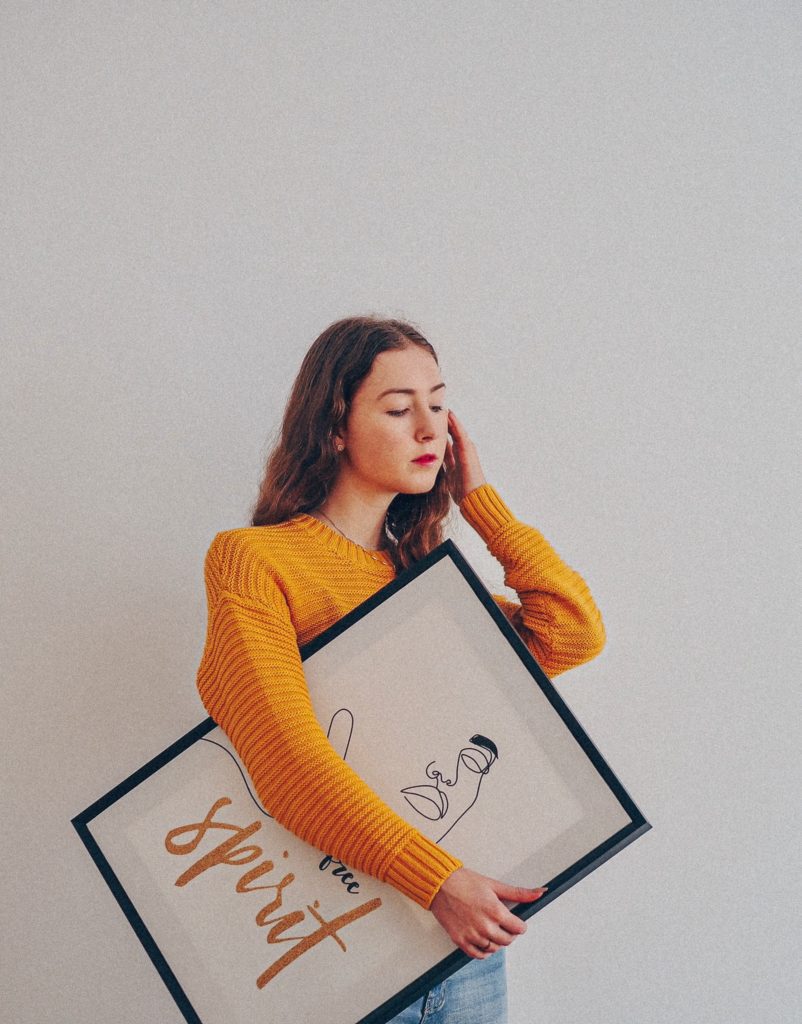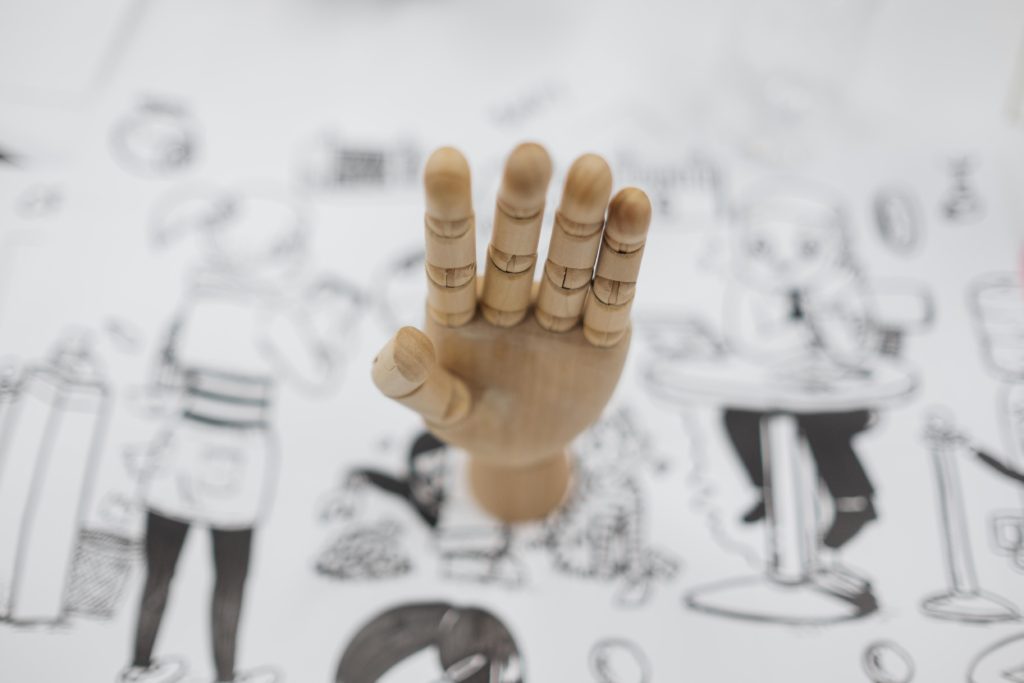How to Get Started with Your College Application

Are you trying to finish your college applications?
At first, it seems like a college application should be simple. Then you sit down to start filling them out and realize that each one is a little bit different, and you’re not sure what to do. They’re asking you for an artist statement and have all sorts of requirements for the portfolio!
Let’s talk about an Art Portfolio
If you’re considering applying to an art school, or even minoring in art, you’ll want to have a portfolio. While art portfolio requirements vary from college to college there are a lot of common requirements that you can be sure to check off of your list.
Your portfolio should consist of 10-15 recent, original pieces that demonstrate your interests and abilities. You also want to be sure to work in a range of mediums and explore a variety of subject matter. (* original means that the work shouldn’t be copied, and of course it should be created by you and you alone. )
If you’re like most teenagers, you probably avoid drawing from observation. It’s time to stop avoiding and start drawing, as you should have at least 3 drawings from direct observation in your portfolio.
What’s that mean?
Direct observation means that you sat down, looked directly at the real object, and drew it. That means no photographs, and yes, the people looking at your artwork can tell the difference.

What does it mean to explore media? It means that you should work with a variety of the things listed below.
- Drawing
- Portraits
- Still Life
- Landscape
- Figure Studies
- Two-Dimensional Design
- Paintings
- Photography ( darkroom or digital)
- Printmaking
- Illustrations
- Graphic Design
- Design Studies that explore elements of line, color, value, shape, texture
- Three-Dimensional Design
- Sculpture
- Ceramics
- Metals & Jewelry
- Woodworking
- Installation
- Digital & Time-Based Work
- Animations
- Video
- Games
- Websites
- Storyboards
- Sketchbooks
- Concepts
- Character Designs
- Journals
- Sketches
- Experimentation with Techniques
How to put your portfolio together:
- Include only your strongest, most recent work.
- Demonstrate problem-solving ( Your pieces shouldn’t look like class projects. You should be able to write down what problem you were trying to solve/ address through creating the piece)
- Demonstrate decision making,
- Showcase originality of ideas.
- Organize – Develop an order to your presentation that makes sense and has a logical flow. ( Think about it like your portfolio is a book, what story are you telling and what order does it need to be told?)
- Artist Statement: your artist statement is the written story of your artwork. What inspired you? Why did you create what you created? Who are you, and how does that influence your work?
Photographing your work:
- If possible, take photos outside in natural light
- If indoors, be sure that the space is well lit, and set the white balance on your camera
- photograph work on a solid white background
- be sure that there is nothing in the photo, other than the work of art
- edit your photos to be sure that you have the best exposure and cropping
- you will need to check with the school to see what their final submission process is
What if you don’t have enough work?
You might be looking at the list above, and thinking that looks great, but what if I don’t have all that? First, take the time to review the applications for the schools that you’re applying to, and get clear on the requirements. Next, commit to making work that fills in some of the gaps in your current portfolio.
Recommendation Letters
While you’re working on making updates to your portfolio and writing your statement, make sure that you’re getting started with collecting recommendation letters. It can take people time to write your recommendation letter, so you don’t want to wait until the last minute.
Next, write your artist statement.
Seek Feedback
Whenever possible, ask others to review your writing, and to provide feedback on the work that you’ve put into your portfolio. Ask them:
- What is one thing that I could improve upon?
- What is one thing in my writing that is confusing to you and why?